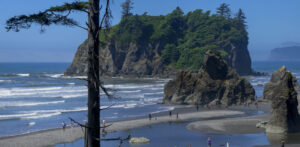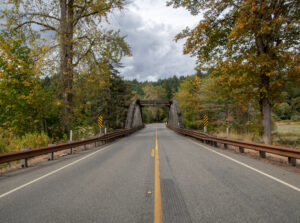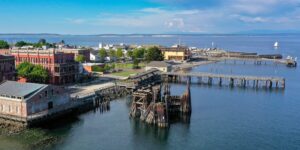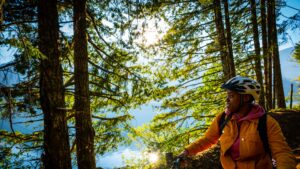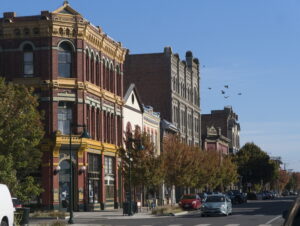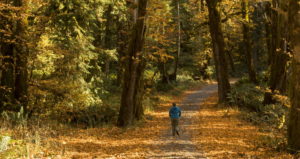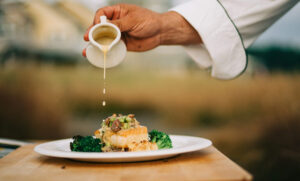The interesting thing about oysters is that they are passionately regarded by many. Few “sort of like” or “kind of dislike” oysters. Instead, words like love and hate are thrown vehemently at these unassuming mollusks. Simple, yet complex, and having been hanging out for over 200 million years, we’ve had a long time to form a few opinions about them.
For me it was an acquired taste. As a child, raised on the west coast of Vancouver Island, my siblings and I would watch in fascinated horror as “city people” would visit our beach on the rising tide and would joyfully slog down the slimy globs that had been baking in the warm sun. No, that’s not the way to start your romance with the oyster.
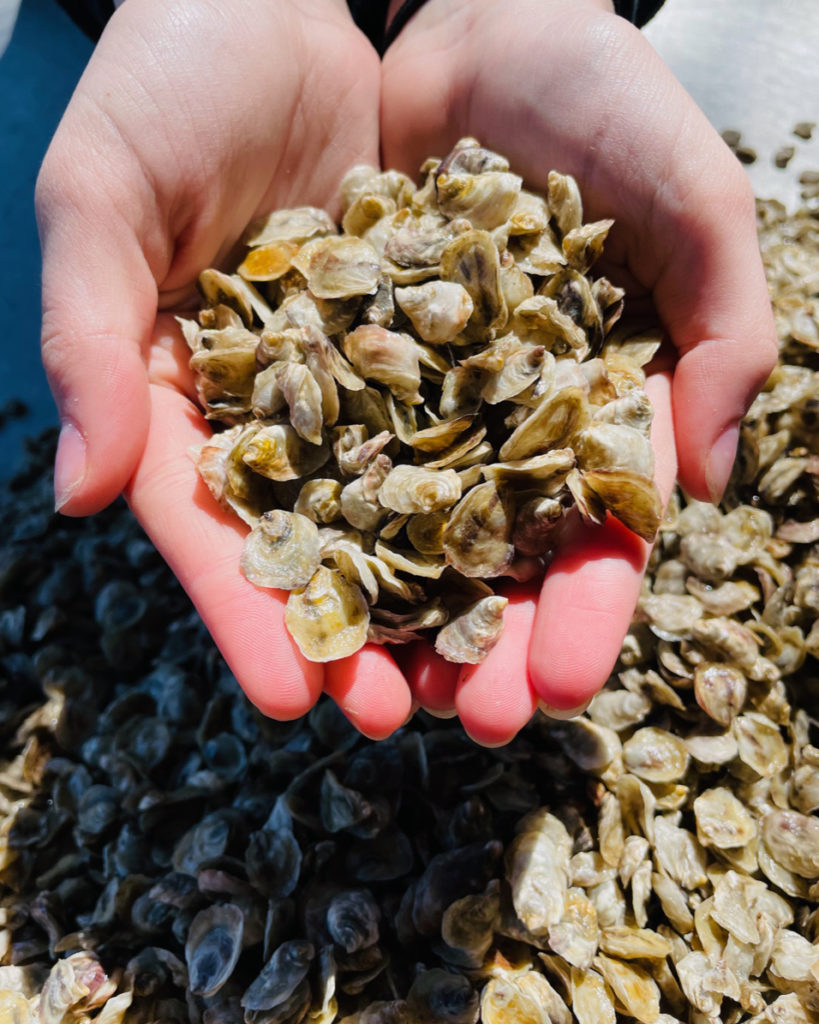
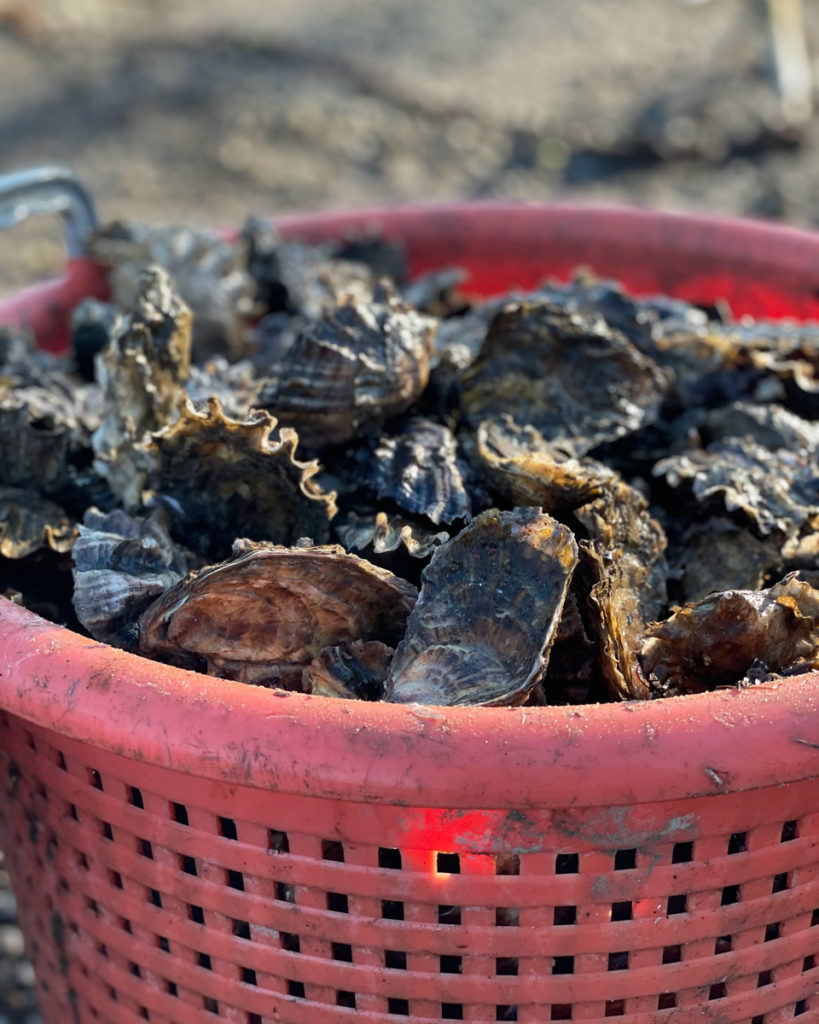
Later, after I moved to Mason County, like many families enjoying their own tidelands along the inner waterways of Hood Canal and South Puget Sound, we became “oyster farmers.” At first it was just a few bags in front of our house, but in no time my enterprising husband and teenage sons were managing three beaches and harvesting weekly. I attempted to resist, but regular harvesting means plenty of shucking and testing. I can’t remember the time when it stopped being a necessity. Today, on a chilly February day, the taste of the ocean—briny, kelpy, sweet, firm, and fresher than the crisp air that sucks at my breath—I realized oysters are the original love story.
Oysters are good for you and our waterways
Besides being hated, loved, and tasty, they are infinitely unique and good for your health and that of our fragile waterways. For the environment, as a filter feeder, a single oyster can filter up to 50 gallons of water a day. Oysters help remove excess nitrogen from waters by incorporating it into their shells and tissue as they grow.
Have you ever wondered how the same species of oyster can have such varied flavors or textures? How does an oyster grown on Hood Canal taste brinier than one from South Puget Sound? The word to remember for your next oyster social occasion is “merrior.” Like different wines with a “terrior,” oysters have a merrior, illustrating the fact that the growing area and method make all the difference when it comes to a flavor profile for your next Pacific oyster.
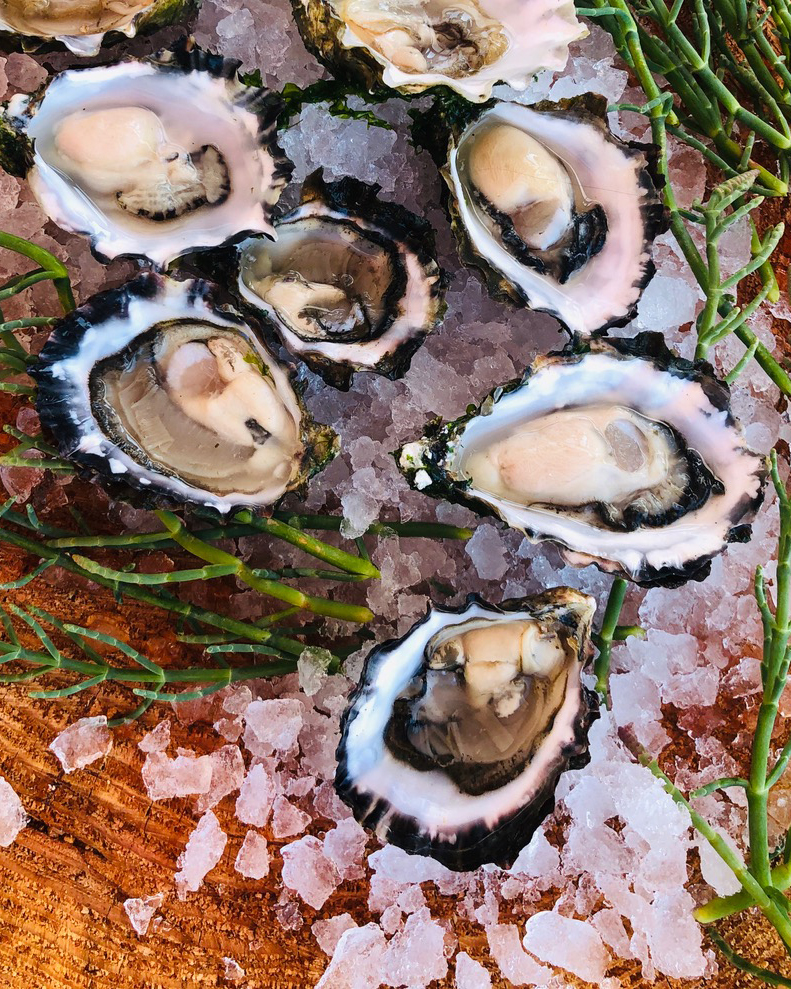
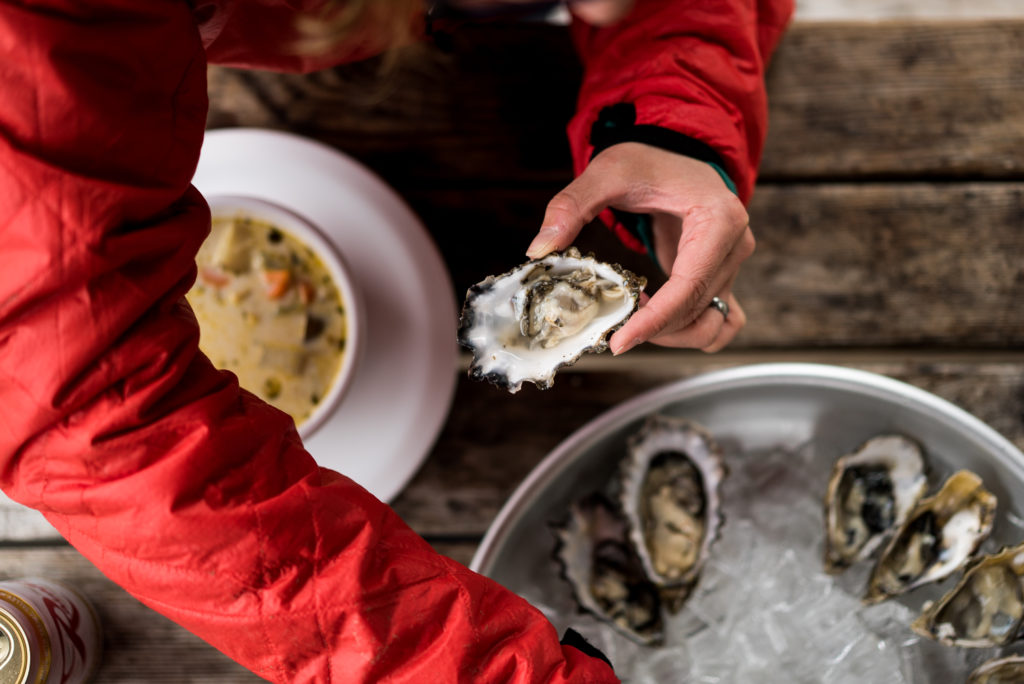
There are over 150 varieties of oysters harvested and sold in North America, yet they comprise a total of only five species of oysters. The same species may look and taste extremely different when exposed to differing environmental conditions. This is yet another reason oysters are the original love story
Follow the Hood Canal Oyster Trail
Explore Mason County and its abundance of seafood savvy saloons. Alderbrook Resort and Spa, located on the southern tip of Hood Canal, caters to the fjord-searching, waterfront-loving, boat cruise-ready oyster aficionado.
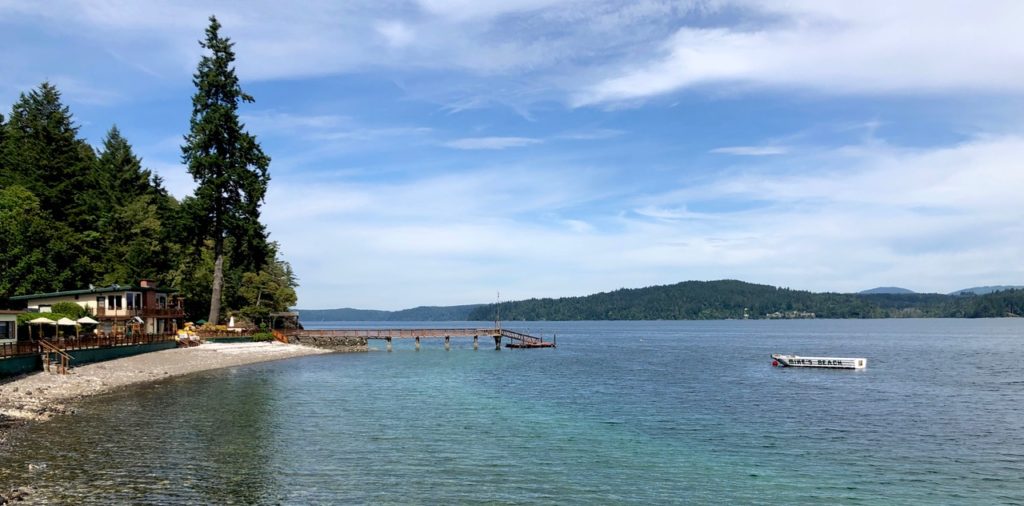
Heading north to Lilliwaup, the road traces the fjord of Hood Canal which is over 600 feet deep. It harbors an incredibly productive shellfish industry, so stop at Hama Hama Oyster Saloon, offering the freshest catch around.
Free for the taking in WA State Parks
Want to harvest your own bounty from the sea? Hood Canal and South Puget Sound’s state parks support a healthy stock of clams and oysters for license holders. If you harvest shellfish yourself, make sure to care for them well and follow all beach advisories to avoid illness. It is best practice to read posted warnings or call the Marine Toxins/PSP Hotline: 1-800-562-5632 for a regularly updated recorded message or go to the Shellfish Safety Map. For details on available public harvesting beaches on Hood Canal and in South Puget Sound visit shellfishtrail.org.
You can pick up fresh oysters at one of the local markets or be “shellfish” and immerse yourself by staying at an oyster resort or visiting a farm for a tour! Spring is a great time to head to Hood Canal and South Puget Sound to harvest and enjoy the original love story with oysters.
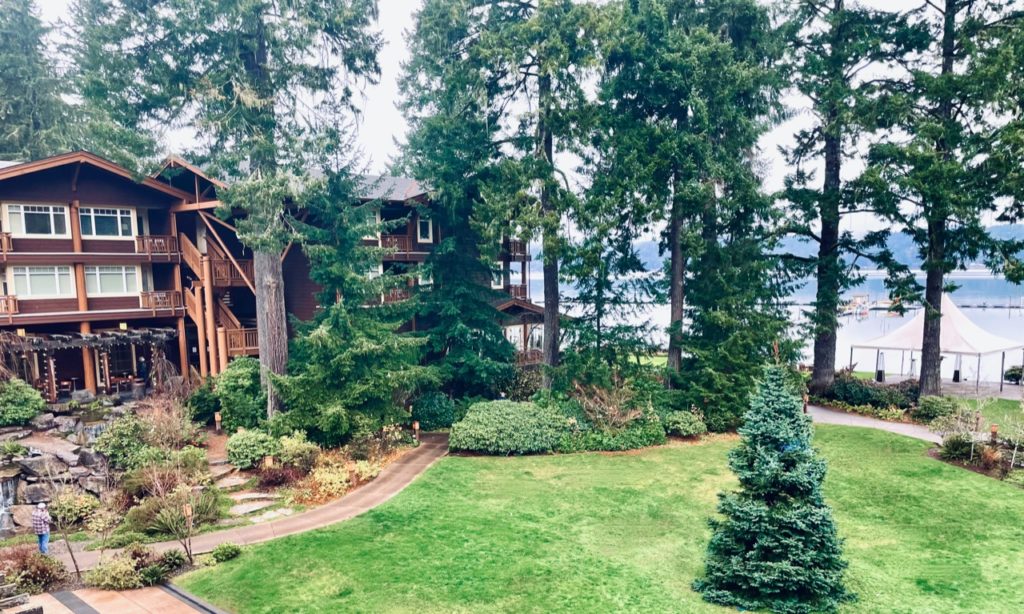
Alderbrook Resort & Spa on the south shore of Hood Canal is a perfect basecamp for exploring oyster farms and beaches.
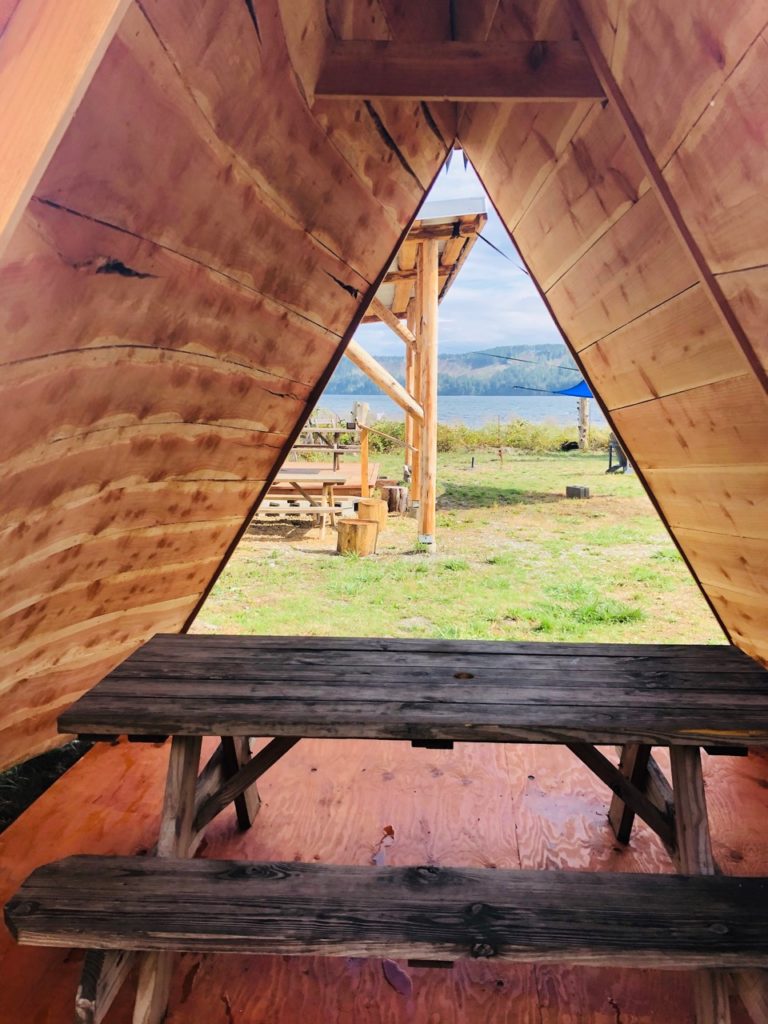
Xinh Dwelley, local celebrity chef, shares her oyster recipe
An expert on clams, fish, geoduck, and especially, oysters, Xinh has been invited countless times to cook for celebrities and state leaders. In 1995, she was invited to appear with Julia Child where she taught the chef how to use a shucking knife. Xinh’s expertise at shucking oysters is famous. From 1989 through to 1992, Xinh held the fastest oyster shucking record at the West Coast Oyster Championships. Her experiences are born from gathering, processing, and preparing seafood in her restaurant for over 25 years. In December 2021 Xinh published her second volume of locally sourced recipes. To say she knows seafood would be an understatement.
Garlic and Pepper Butter Sauce for Baked Oysters
1/2 cup butter
1/2 cup red pepper, chopped
1/2 cup green pepper, chopped
1/2 onion, chopped
1 Tbsp garlic, minced
Juice of one lemon
1 tsp oyster sauce
1/2 cup parmesan (or cheese of choice)
Melt butter and add garlic, onion, red pepper, and green pepper. Sauté for 3 to 4 minutes. Add oyster sauce and lemon juice and mix well. When cooled transfer mixture to sealable container and save up to one week in fridge. To serve, scoop a teaspoon of butter mixture onto oyster on half shell and sprinkle with cheese. Bake or grill until bubbling and cheese melts.
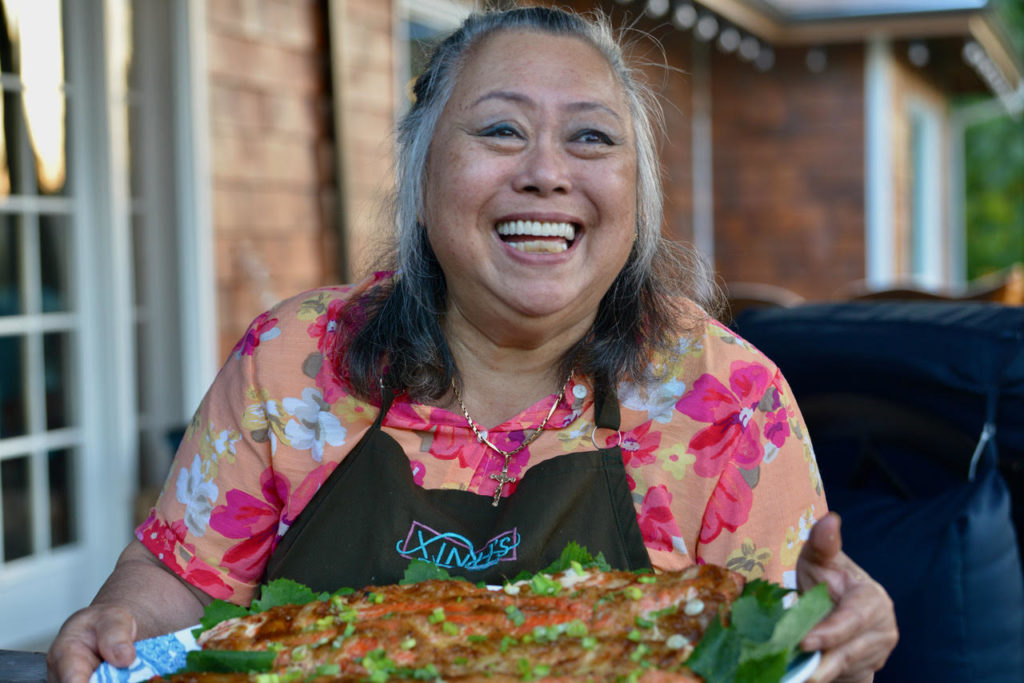
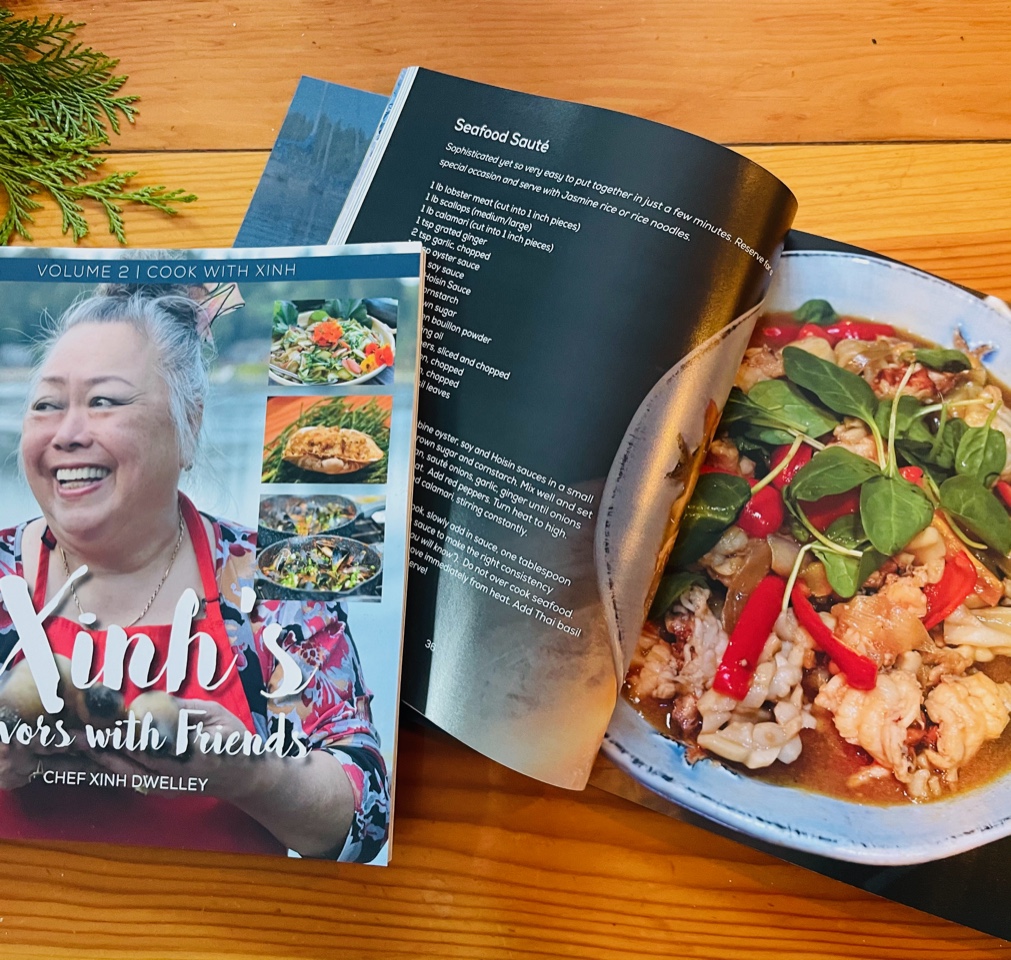
Chef Xinh’s second cookbook “Flavors with Friends” is full of delicious recipes using fresh, local seafood.
Written by and photos by guest blogger Rachel Hansen, Editor, Tracing the Fjord Magazine. ExploreHoodCanal.com

